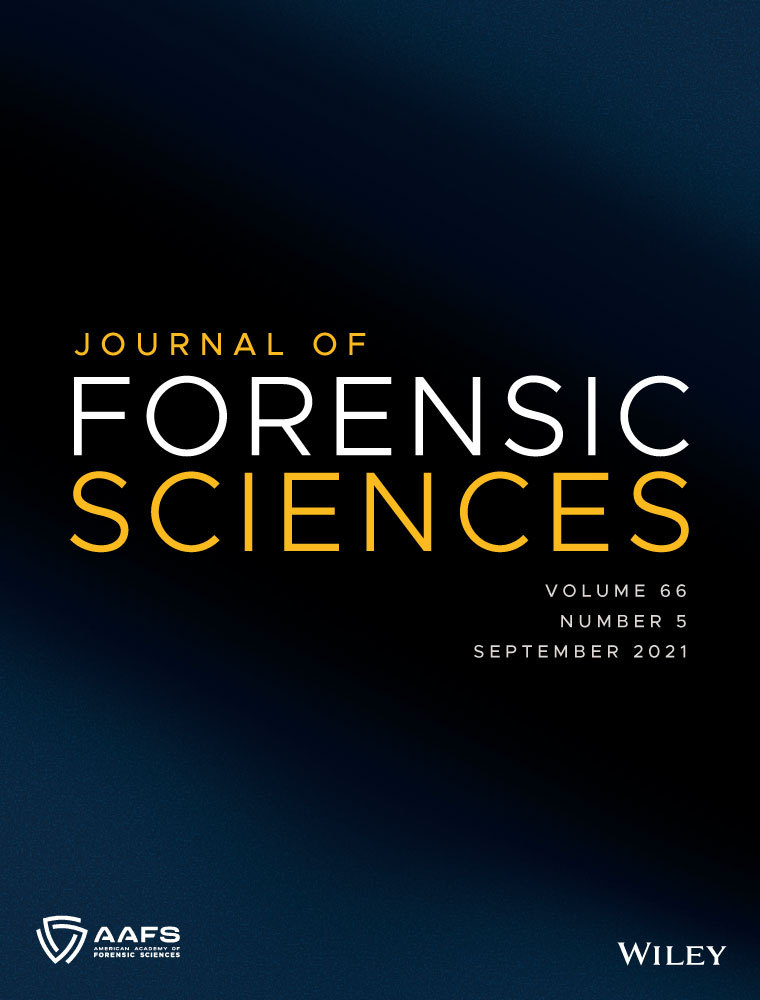Secondary traumatic stress, burnout, compassion satisfaction, and perceived organizational trauma readiness in forensic science professionals
All views reflect those of the authors only and do not necessarily reflect the official position or policies of the U.S. Department of Justice.
Presented in part at the 72nd Annual Scientific Meeting of the American Academy of Forensic Sciences, February 17-22, 2020, in Anaheim, CA; and as part of the Forensic Workforce Resiliency: Vicarious Trauma & Workplace Stress Webinar Series, June 11, 2020, sponsored by the NIJ Forensic Technology Center of Excellence in collaboration with NIJ and the American Society of Crime Laboratory Directors (ASCLD).
Funding information
The study was funded by the National Institute of Justice (NIJ), Office of Justice Programs (OJP), and U.S. Department of Justice (DOJ).
Abstract
Secondary traumatic stress, burnout, and compassion satisfaction have been described since the 1980s and extensively studied in first responders, law enforcement, legal professionals, and human service providers. There are few studies in forensic science professionals. To determine levels of secondary traumatic stress, burnout, and compassion satisfaction and relate these to demographics and job characteristics, we administered online a modified version of the Professional Quality of Life (ProQOL) questionnaire to professionals in crime laboratories and medical examiner offices. Participants also completed a modified version of the Vicarious Trauma-Organizational Readiness Guide (VT-ORG) to measure perceptions of their organizations’ efforts to address vicarious trauma and promote health and wellness. Results from 419 subjects indicated that field-based forensic science professionals registered higher levels of secondary traumatic stress compared to laboratory-based professionals, but burnout and compassion satisfaction were not significantly different between these groups. Demographic variables did not predict any of these outcome measures, but work with victims’ families and testifying significantly, albeit weakly, predicted higher secondary traumatic stress. Greater employee belief that their organizations were addressing issues of stress and trauma predicted lower levels of secondary traumatic stress and burnout and higher levels of compassion satisfaction. Write-in responses by participants paralleled the quantitative findings. These results indicate a need to strengthen organizational efforts to address stress and trauma and promote health and wellness, particularly in professionals with direct field-based exposure to crime scenes, contact with victims’ families, and responsibility for testifying.




